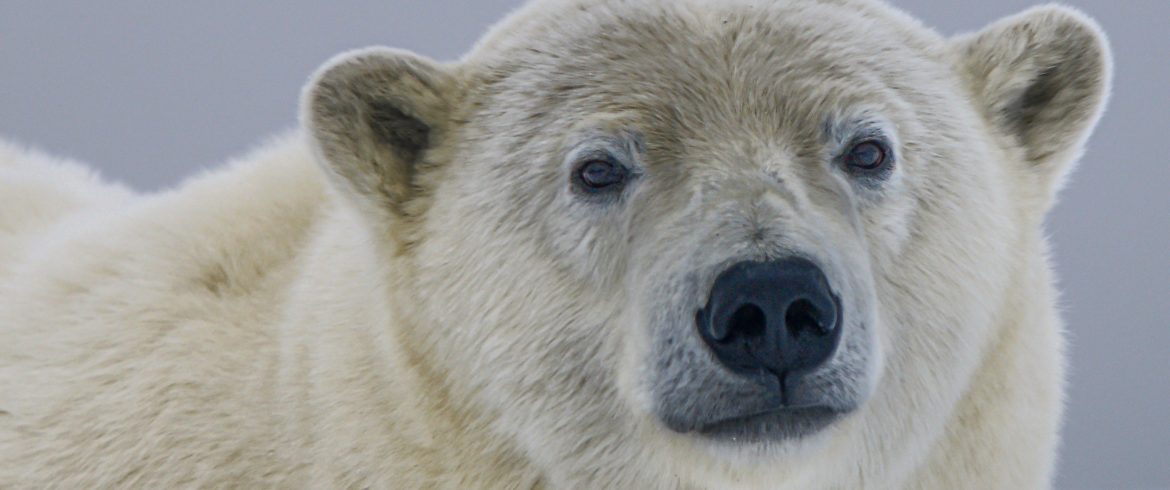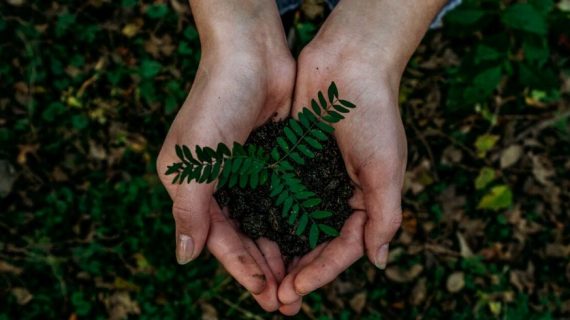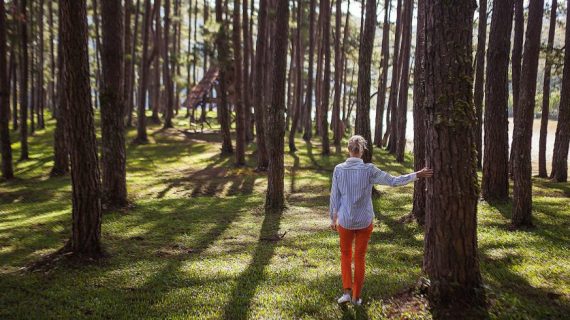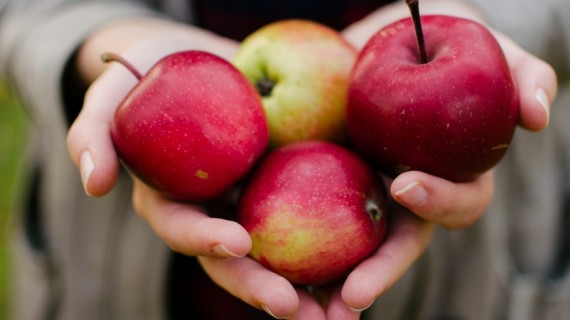We are what we eat. Do you know this idiom?
The Chatham House report does the talking. The current global food system is one of the principal drivers of biodiversity loss. We are facing a continuous acceleration towards an avoidable extinction of entire ecosystems, including ours. But we can make a difference in preventing biodiversity loss and preserve ecosystems.
The new Chatham House report, Food System Impacts on Biodiversity Loss, supported by the UN Environment Programme (UNEP) and Compassion in World Farming, explores the issue and describes three actions towards food system transformation in support of biodiversity.
Biodiversity: why is it so important?

Biodiversity allows the creation of ecosystems of interacting individual organisms – across animal and plant species- that contribute to the preservation of key processes crucial in maintaining our planet’s health.
An example? Every year, terrestrial and marine ecosystems remove 60% of carbon emissions thus sustaining the quality of air, water, and land.
It’s not a secret that exposure to natural spaces brings many benefits with it. As a matter of fact, biodiversity has clear positive impacts not only on the environment but also on humans’ lives through both physical and psychological well-being.
What are we doing wrong?
Our current food system is a double edged sword – shaped by decades of the “cheaper food” paradigm, aimed at producing more food, quickly and cheaply without taking into account the hidden costs to biodiversity and its life-supporting services – and to our own health. – Susan Gardner, Director of UNEP’s Ecosystems Division
Society’s need for continuous consumption has now erased the idea of healthy and aware eating.
To maintain the rhythms of demand, agriculture and farming have increased the use of fertilizers, pesticides, consumption of energy, land, and water and fall into a vicious circle where at a lower cost, the demand for food increases, leading to intensive production systems.
This system of production drives biodiversity loss and represents a major cause of climate change, accounting for around 30% of total human-produced emissions.
Following mindful eating and consumption habits would make a great difference in preventing biodiversity loss and helping with its safeguard.
Consequences
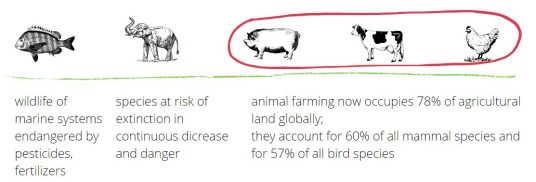
Agriculture alone is the identified threat to 24,000 of the 28,000 (86%) species at risk of extinction while the nonstop increase of agricultural land leads to the destruction of biodiversity, endangering natural ecosystems essential for the life and survival of fauna and flora.
How to reverse the course? 3 actions to preserve biodiversity
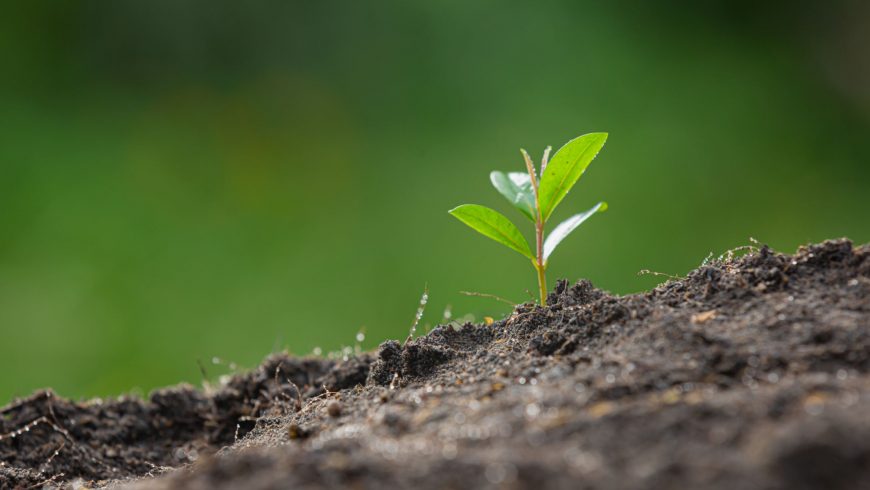
We are now very clear about the causes and consequences of our eating habits. How to preserve biodiversity? Here are three actions in support of biodiversity and of a more sustainable lifestyle.
1. Diets richer in vegetables
Considering the environmental impact, the production of vegetables is less invasive, and lower consumption of meat would not only contribute to the preservation of biodiversity but would slow down climate change and offer us a healthier and more balanced lifestyle.
Nowadays we produce more than we consume causing a huge quantity of wasted food that amounts to 1.3 tons per year!
At this point, reducing the demand for food does not mean eating less, but feeding ourselves with awareness.
2. Protection of nature
If we root for a return of rich biodiversity, we must start with restoring whole ecosystems with a first step towards the downsizing of agricultural land.
3. Responsible farming methods
It’s all about attitude!
We should look at farming with new eyes and value the quality and life of animals, reducing intensive farming.
We should think of agriculture as a polyculture practice free from fertilizers, pesticides, and other chemicals.
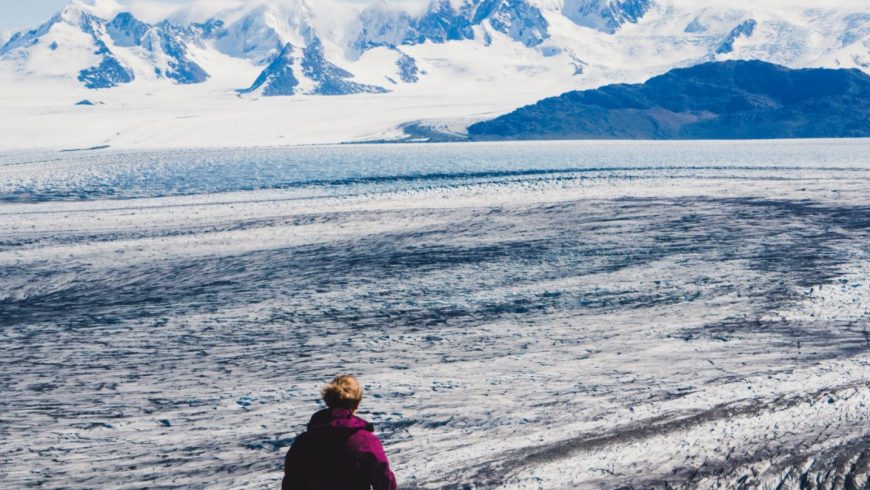
Biodiversity is one of the Earth’s greatest beauties. Its colours, sounds and scents amaze us whenever we stop to observe the simplicity of everyday life. Ecobnb moves in this direction by offering locally produced foods and local culinary experiences.
Studies and reports show us how three simple actions can make a difference in safeguarding biodiversity. So, why not give it a try?
